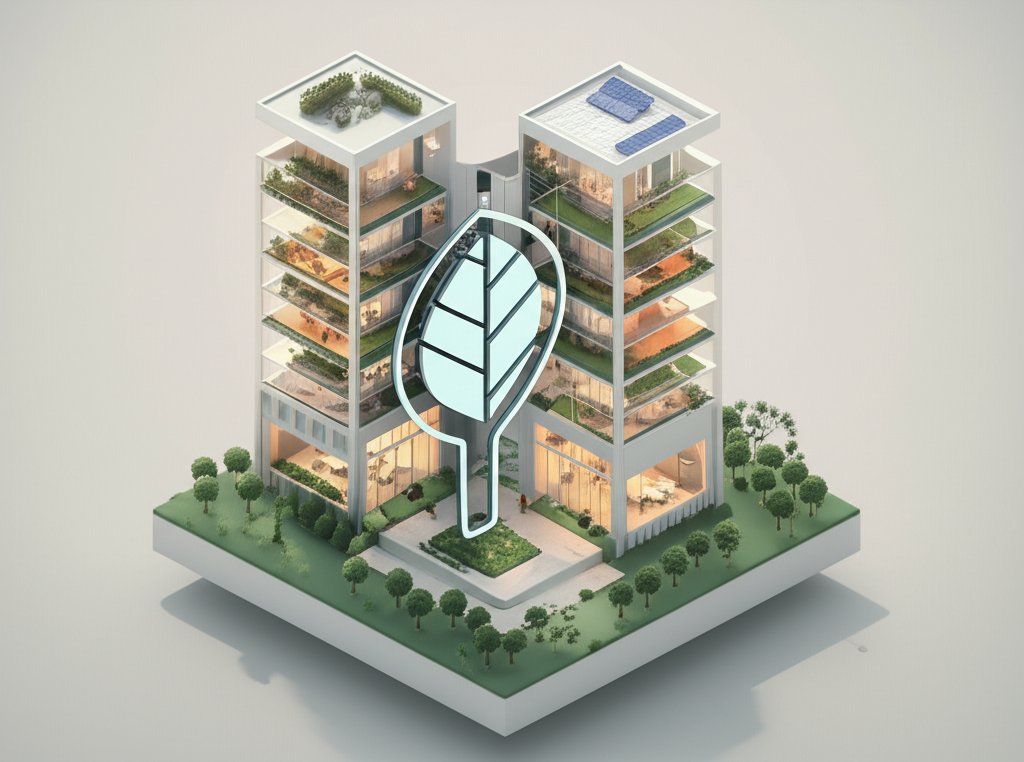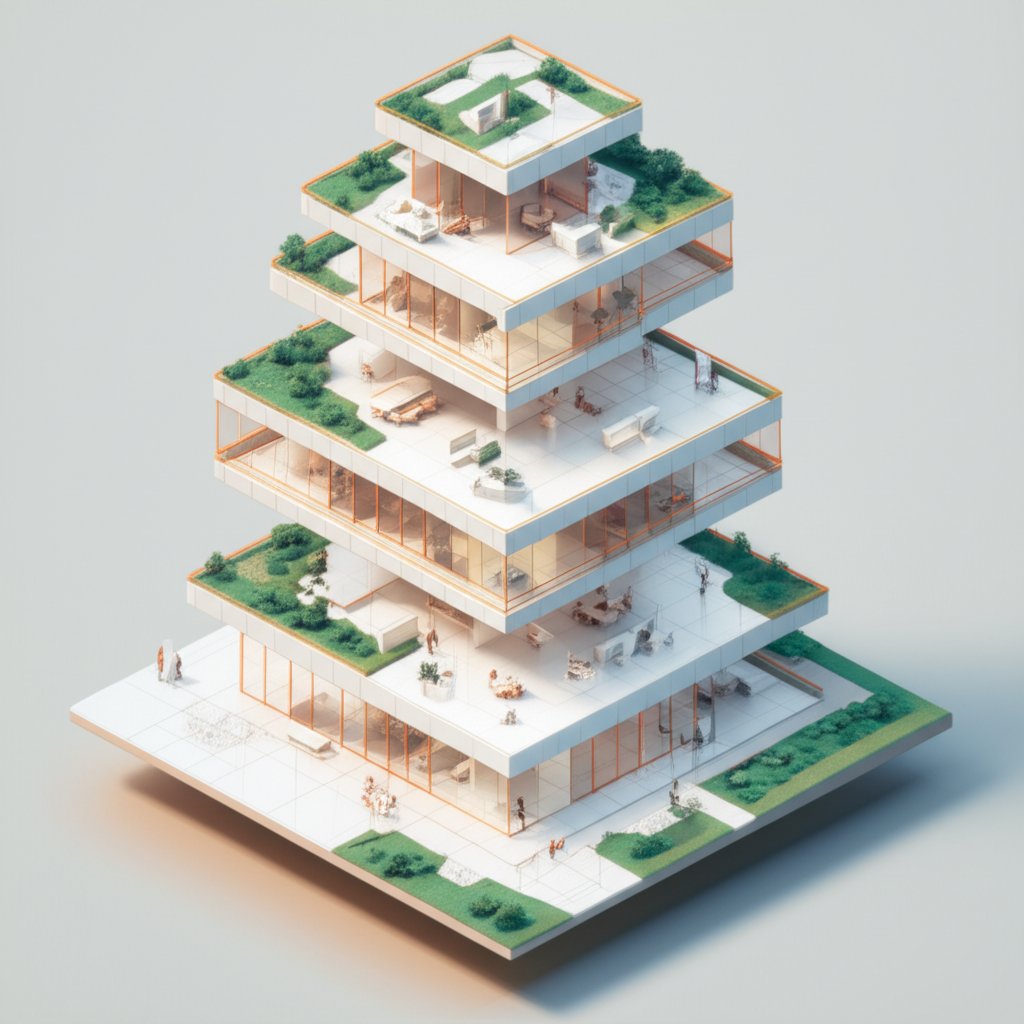For the bigger picture and full context, make sure you read our main guide on Contemporary White Kitchen Backsplash: Style and Design Ideas.
markdown
The all-white kitchen continues its reign as a design staple, and the white on white backsplash is a key element for achieving that clean, airy aesthetic. But pulling off this seemingly simple look requires careful consideration to avoid a sterile or flat result. Are you aiming for a modern minimalist space or a cozy farmhouse feel? Your texture, tile shape, and grout choices will make all the difference.
At a glance:
- Discover how to add depth and dimension to a white kitchen with a white on white backsplash.
- Learn the best tile materials and layouts for achieving different styles.
- Understand how grout color can dramatically impact the overall look.
- Find quick tips for easy cleaning and maintenance of your white backsplash.
Why Choose a White On White Backsplash?
Beyond being visually appealing, a white backsplash protects your walls from splatters and spills. Opting for a white on white scheme provides a seamless, sophisticated look, especially when paired with white cabinets. It’s a safe bet if you’re unsure about incorporating color, and it allows other elements in your kitchen, like countertops or hardware, to take center stage.
White backsplashes are consistently popular because they are versatile, working well with almost any design style, whether modern, traditional, rustic, or contemporary.
Adding Dimension to a Monochromatic Palette
A common concern with a white on white backsplash is that it can appear bland. The solution? Introduce subtle variations in texture and tone. Here’s how:
- Texture is key: Consider using textured tiles like beveled subway tiles, handmade tiles with subtle imperfections, or even a mosaic with varying surface heights. The play of light and shadow will immediately add depth.
- Tonal variations: Opt for tiles in slightly different shades of white – think bright white, creamy white, or even a very pale gray. This creates a layered effect that’s visually interesting.
- Material mix: Combine different materials within the backsplash. For example, use a combination of ceramic subway tiles and glass accents.
Tile Materials: Which White is Right?

The material you choose for your white backsplash will greatly affect its overall look and feel, as well as its durability and maintenance.
| Material | Pros | Cons |
|---|---|---|
| Ceramic | Affordable, durable, easy to clean, wide variety of styles and textures available. | Can be less resistant to chipping than porcelain. |
| Porcelain | Highly durable, water-resistant, available in a wide range of styles (including those that mimic natural stone), low maintenance. | Generally more expensive than ceramic. |
| Glass | Reflective and creates a bright, airy feel, easy to clean, non-porous. | Can be more expensive than ceramic, shows fingerprints and smudges easily. |
| Marble | Luxurious and elegant appearance, adds character with natural veining. | Porous and prone to staining, requires sealing and regular maintenance, more expensive than other options. |
| Subway Tile | Classic and timeless, readily available and relatively inexpensive. This is a solid choice for a white backsplash. Here are a few options, depending on the surrounding context: * White backsplash design ideas * Explore white kitchen backsplashes * Contemporary white backsplash styles * Find white backsplash inspiration | Can become ubiquitous if not styled carefully; consider unique layouts or grout colors to personalize. |
Grout: The Unsung Hero of a White Backsplash
Don’t underestimate the impact of grout. The color and width of your grout lines can drastically change the look of your white on white backsplash.
- Matching Grout: Using white or very light gray grout will create a seamless, minimalist look. This is a great option if you want the tile to be the focus.
- Contrasting Grout: Darker grout, like gray or even black, will highlight the shape and pattern of the tiles, creating a graphic effect. This works particularly well with subway tiles or geometric patterns. Be mindful of maintenance, as darker grout can show efflorescence (a white, powdery deposit).
- Grout Width: Wider grout lines will create a more rustic or vintage feel, while narrower lines will result in a more contemporary and clean look.
Before committing, test out different grout colors with a sample of your chosen tile. Many home improvement stores offer grout color samples or allow you to virtually “try on” different grout colors using online tools.
Layouts Beyond Basic: Adding Visual Interest
While a standard horizontal layout is always a safe bet, consider these variations to elevate your white on white backsplash:
- Herringbone: A classic pattern that adds a touch of elegance and sophistication.
- Vertical Stacked: A modern and minimalist look, especially effective with rectangular tiles.
- Brick Pattern (Running Bond): A timeless choice that works well with subway tiles.
- Stacked Bond: A cleaner, more contemporary version of the brick pattern where tiles are stacked directly on top of each other.
- Inset Design: Create a focal point above the stove or sink with an inset design using a different tile material, pattern, or color (while still staying within the white palette).
Cleaning and Maintenance: Keeping Your White Backsplash Sparkling

A white backsplash requires regular cleaning to maintain its pristine appearance. Luckily, it’s usually a simple process:
- Daily Wipe Down: After cooking, wipe down the backsplash with a soft cloth, warm water, and a mild dish soap to remove any splatters or spills immediately.
- Deep Cleaning: Once a week, use a spray cleaner designed for tile and grout, or a homemade solution of vinegar and water.
- Grout Cleaning: Grout can be prone to staining. Use a grout brush and a grout cleaner to scrub away any dirt or discoloration. Alternatively, create a paste of baking soda and water, apply it to the grout, let it sit for a few minutes, and then scrub.
- Sealing: To prevent staining, seal your grout regularly (every 1-2 years) with a grout sealer.
Troubleshooting Common White Backsplash Problems
| Problem | Solution |
|---|---|
| Yellowing tiles | Avoid harsh chemicals and abrasive cleaners. Use a gentle bleach solution (diluted with water) for spot cleaning. |
| Stained grout | Try a grout cleaner specifically designed for stain removal. For stubborn stains, use a paste of baking soda and hydrogen peroxide. |
| Efflorescence (white powdery deposits) | This is caused by mineral salts migrating to the surface. Wipe it away with a dry cloth initially. If it persists, use a solution of vinegar and water. Sealing the grout can help prevent efflorescence. |
| Grease build-up | Use a degreasing cleaner or a solution of hot water and dish soap. For heavy grease build-up, apply the solution and let it sit for a few minutes before scrubbing. |
Quick Answers: White On White Backsplash FAQs
- Is a white on white backsplash boring? Not necessarily. By incorporating texture, varying shades of white, and interesting layouts, you can create a visually stunning and sophisticated space.
- Does a white backsplash show dirt easily? Yes, white shows dirt more readily than darker colors. However, regular cleaning will prevent stains from setting in.
- What countertop colors work best with a white on white backsplash? Almost any countertop color works well! White countertops create a seamless look, while darker countertops provide a striking contrast. Wood countertops add warmth and texture.
- Is white on white a good choice for a small kitchen? Absolutely. White reflects light, making the space feel larger and brighter.
- Will a white on white backsplash go out of style? White is a timeless color that never truly goes out of style. By choosing classic tile shapes and layouts, you can ensure that your backsplash remains stylish for years to come.
Your White On White Backsplash Playbook: A Quick Start Guide
Ready to design your dream kitchen with a white on white backsplash? Follow these steps:
- Determine your style: Are you aiming for modern, traditional, farmhouse, or something else? This will guide your tile and grout choices.
- Gather inspiration: Browse online and in magazines for white on white backsplash ideas that you love.
- Choose your tile: Consider the material, shape, size, and texture of the tiles. Order samples to see how they look in your kitchen’s lighting.
- Select your grout: Decide whether you want matching, contrasting, or subtly different grout. Test out grout samples with your chosen tile.
- Plan your layout: Choose a layout that complements your kitchen’s design and adds visual interest.
- Install (or hire a professional): If you’re comfortable with DIY projects, install the backsplash yourself. Otherwise, hire a qualified tile installer.
- Seal the grout: Protect your grout from staining by sealing it properly.
- Enjoy your beautiful new backsplash!
With careful planning and attention to detail, a white on white backsplash can transform your kitchen into a bright, stylish, and inviting space.
- White On White Backsplash: A Timeless Kitchen Design Choice - November 26, 2025
- Tile Backsplash With White Cabinets: A Kitchen Design Guide - November 25, 2025
- Best Backsplash For White Cabinets: Ideas To Transform Your Kitchen - November 24, 2025










